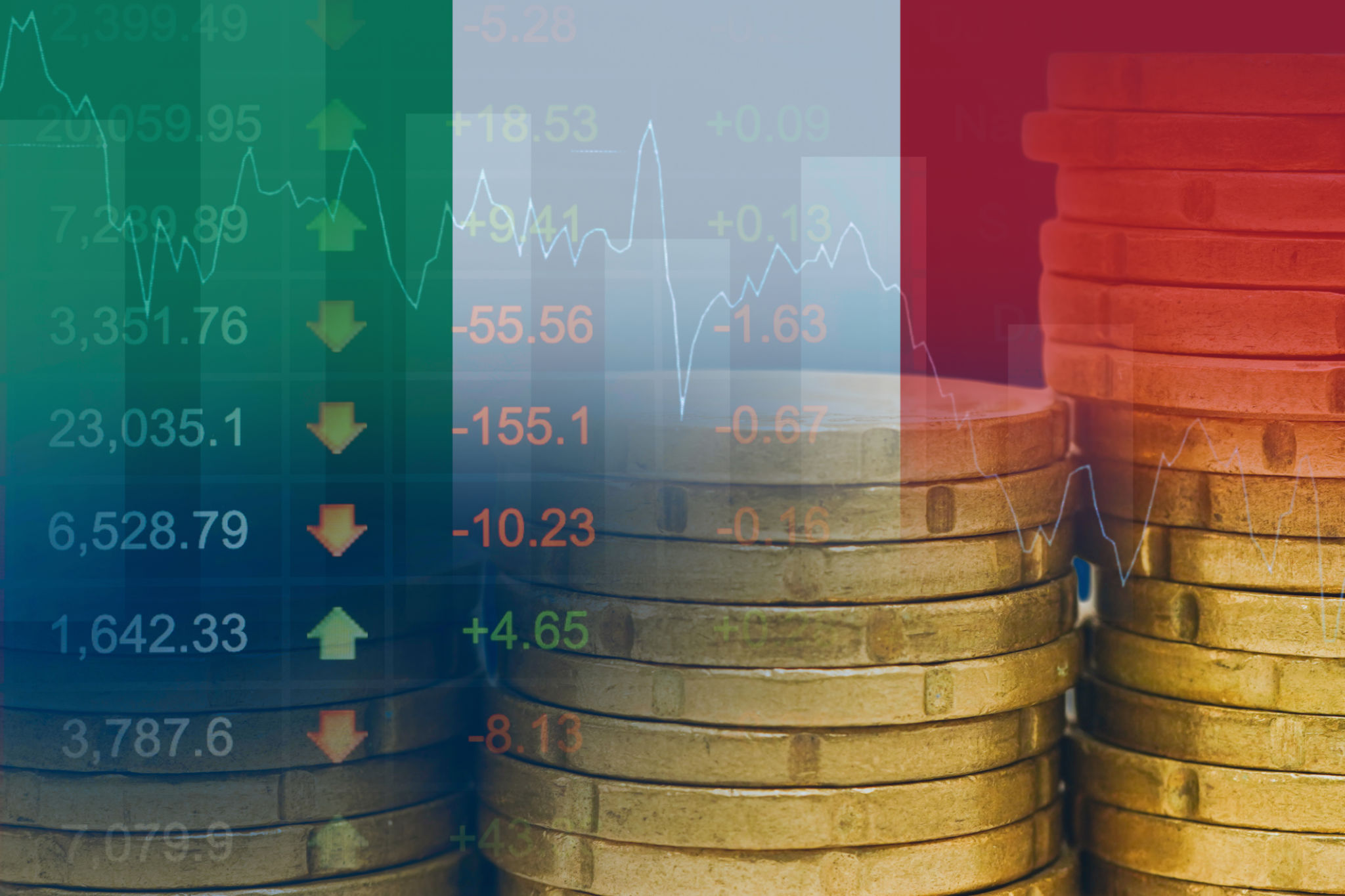How to Get Started with Forex Trading: A Step-by-Step Guide
Understanding Forex Trading
Forex trading, also known as foreign exchange trading, involves the buying and selling of currencies on the global market. It's an exciting opportunity for investors to earn profits by speculating on currency value changes. However, before diving in, it's crucial to understand the basics and establish a solid foundation.

Getting Acquainted with the Forex Market
The forex market is the largest financial market globally, operating 24 hours a day, five days a week. It allows for continuous trading opportunities, but this also means it's essential to remain informed and vigilant. The first step is to familiarize yourself with key concepts such as currency pairs, pips, and leverage.
Currency pairs are quoted to show the relative value of one currency against another. Major pairs include EUR/USD, USD/JPY, and GBP/USD. Understanding how these pairs work is fundamental to making informed trading decisions.
Choosing a Reliable Broker
Selecting a trustworthy broker is crucial for your success in forex trading. A broker acts as an intermediary between you and the forex market. Consider factors such as regulatory compliance, trading platforms offered, customer service, and fee structures when choosing your broker.

Setting Up a Trading Account
Once you've chosen a broker, the next step is to set up a trading account. This typically involves providing personal information and verifying your identity. Most brokers offer different types of accounts to cater to various trader needs, so choose one that aligns with your trading style and goals.
After setting up your account, familiarize yourself with the trading platform. Most brokers provide demo accounts where you can practice trading with virtual funds. This is an excellent way to gain confidence without risking real money.
Developing a Trading Strategy
A well-defined trading strategy is essential for success in forex trading. Your strategy should outline your risk tolerance, entry and exit points, and the types of analysis you will use. There are two main types of analysis in forex trading: fundamental and technical.

Mastering Fundamental and Technical Analysis
Fundamental analysis involves examining economic indicators like interest rates, employment figures, and political events to forecast currency movements. On the other hand, technical analysis focuses on historical price charts and patterns to predict future price actions. Combining both forms of analysis can enhance your decision-making process.
It's important to continuously educate yourself and adapt your strategies as market conditions change. Utilize available resources such as online courses, webinars, and forex forums to deepen your knowledge.
Starting Your Trading Journey
With your strategy in place and your account set up, it's time to start trading. Begin with small trades to minimize risk while gaining experience. Monitor your trades closely and maintain a trading journal to track your performance and identify areas for improvement.

Managing Risk and Emotions
Risk management is a critical component of successful forex trading. Never risk more than you can afford to lose on a single trade. Use stop-loss orders to limit potential losses and always be aware of your emotional state when trading.
Emotional control is vital; fear and greed can lead to impulsive decisions that may result in significant losses. Stay disciplined, stick to your strategy, and don't let emotions cloud your judgment.